Tires change the way you ride!
The 250cc sportbikes are popular because they can be as sporty as they look, but they can also be used for city riding and touring thanks to their easy handling characteristics.
But do you choose the right tires to match your riding style? This time, we're going to take a look at the recommended tires for 250cc sport motorcycles!
Table of Contents
First, let's check the tire sizes used in the 250cc class these days. The tire size is listed on the sidewall of the tire. Just pick the same size as the one that's on there now and you're basically good to go!
The table below shows the tire sizes for 250cc sportbikes that have been sold recently! Some of them may vary depending on the year, so in the end, check the tires your motorcycle is wearing!
| Front | Rear | |
|---|---|---|
| CBR250RR | 110/70R17M/C 54H | 140/70R17M/C 66H |
| CB250R | 110/70R17M/C 54H | 150/60R17M/C 66H |
| ZX-25R | 110/70R17M/C 54H | 150/60R17M/C 66H |
| Ninja 250 Z250 | 110/70-17M/C 54H | 140/70-17M/C 66H |
| YZF-R25 MT-25 | 110/70-17M/C 54S | 140/70-17M/C 66S |
| GSX250R | 110/80-17M/C 57H | 140/70-17M/C 66H |
| Gixxer SF250 Gixxer 250 | 110/70R17M/C 54H | 150/60R17M/C 66H |
Tires for touring and tires for the track have completely different characteristics and are different things.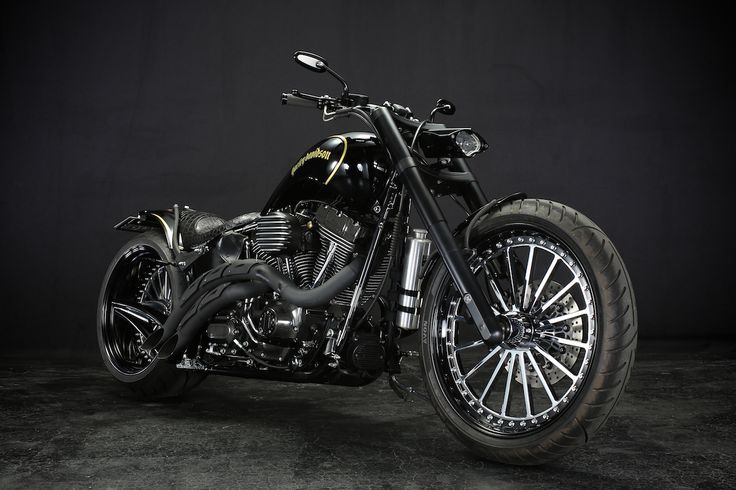 When choosing tires, it is of utmost importance to select tires that are appropriate for your application. For example, if you enjoy riding in town and touring once a month, you should choose touring tires. For example, if you enjoy riding in town and touring once a month, choose touring tires.
When choosing tires, it is of utmost importance to select tires that are appropriate for your application. For example, if you enjoy riding in town and touring once a month, you should choose touring tires. For example, if you enjoy riding in town and touring once a month, choose touring tires.
The season is also important. Tire grip is temperature-dependent, so if you're going to use your tires for winter street riding as well, it's a good idea to choose tires that are less temperature-dependent, such as touring tires.
Radial or bias? This is one of the points that I'm pretty confused about. Radial and bias are about the construction of the tire. I'm not going to get into the details here, but just understand that the manufacturing process is different!
The old one is biased and the new one is radial. Bias is a hard tire and radial is a flexible tire. Bias is excellent for low-speed driving and rides comfort and radial for high-speed driving and comfort.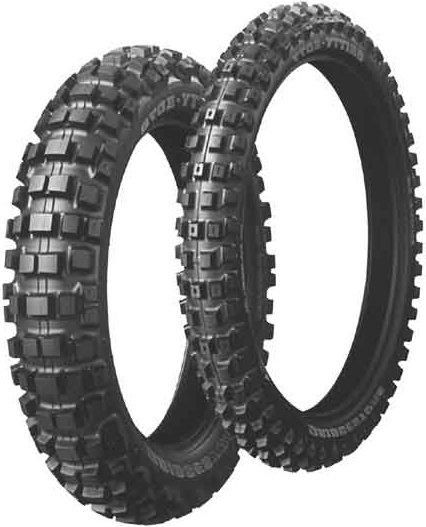 This is the general image.
This is the general image.
In many cases, bias is selected for 250cc class sportbikes when new motorcycles are installed, but my recommendation is to put on radial tires! My recommendation is to use radial tires! The mainstream of tires of the size that this class is fitted with is still radial tires. Most of the high-performance high grip tires with cutting-edge technology and comfortable tires for touring are radial.
At first glance, tire changes may seem incomprehensible, but they are quite understandable. Especially the change from worn-out bias to brand new radials, that's as impressive as a custom part! Of course, the best choice is based on your usage, but I recommend radial!
If you have a lot of opportunities to go touring, touring tires are still recommended. The best feature of the touring tire is that it can show a good grip even in sudden rain. Of course, the dry grip is also outstanding, so if you just want to enjoy a little mountain pass, you shouldn't have any complaints!
In addition, the grip does not depend on the tire temperature, so it grips even on cold roads, which is a great characteristic for winter. The durability of the tires is also long-lasting with high grip, so they'll be gone in no time! There's no such thing!
The durability of the tires is also long-lasting with high grip, so they'll be gone in no time! There's no such thing!
Summary of the characteristics of touring tires
Don't be afraid of the rain! The most powerful touring tire!
If you ask me what's the best touring tire right now, I wouldn't hesitate to say this one!
This tire is characterized by its overwhelming rain grip. It has the grip and security to drive as if it were a dry road, even on wet surfaces. Feeling anxious about rain is something that happens because your body subconsciously senses the change in information from the tires, but that's not what this is about! I have used this tire for braking with ABS on a wet road surface, and I was able to stop without any anxiety at all. That's how good these tires are in the rain. Moreover, this wet grip lasts well even after 5000km of driving.
Absolutely recommended for touring riders who often get caught in the rain!
Buy MICHELIN ROAD 5 on Webike
The definitive bias tire with a long-loved tradition
One of the most popular touring bias tires is the BT-45! This tire has a long history and is a famous tire that veteran riders are sure to know.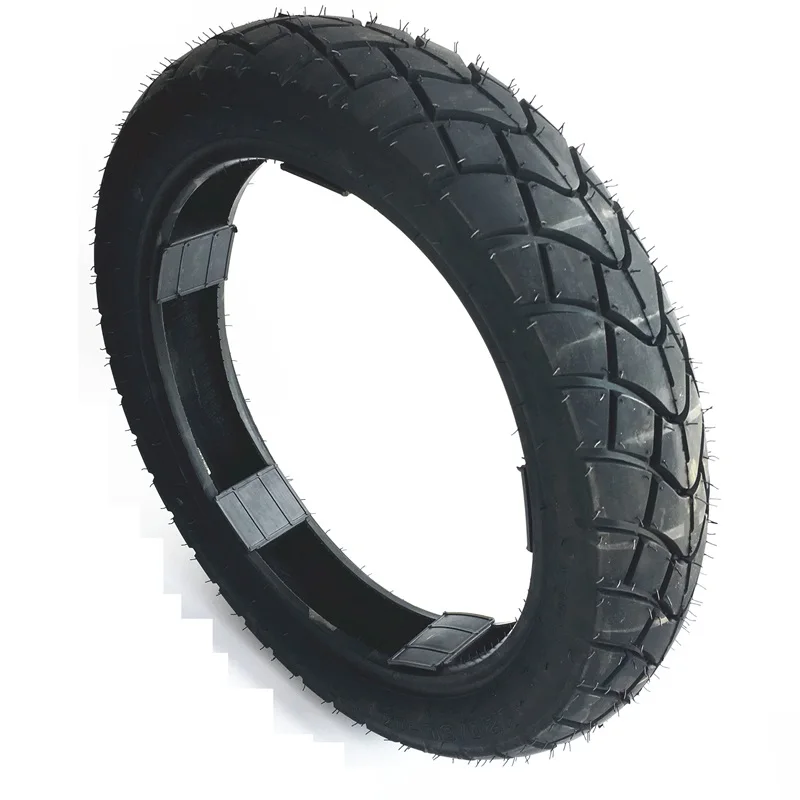 The silica compound ensures a wet grip while providing a soft and stable ride. It is also highly durable, so it is recommended if you want to reduce the frequency of replacement.
The silica compound ensures a wet grip while providing a soft and stable ride. It is also highly durable, so it is recommended if you want to reduce the frequency of replacement.
The fact that it has been made for a long time means that it is highly regarded.
Buy BRIDGESTONE BT-45 on Webike
Do you want to enjoy winding roads on your sportbike? Do you want to ride around town but go to mountain passes on holidays? For such riders, we recommend the sport tire that can enjoy winding roads! A vigorous tire that doesn't choose the road surface as much as a high-grip tire for the track, and has the grip to go to the track once in a while, is perfect for a 250cc sportbike!
A summary of sports tire characteristics
Aggressive on the outside! Honors student on the inside!
Pirelli's super high-grip tire, the Rosso 3, with its racy lightning bolt design grooves, is the same as the Super Corsa! Despite its aggressive appearance, it is a well-made tire that is easy to warm up and friendly in any driving situation. The wet grip is not as good as the latest touring tires, but it is a level that can be driven without anxiety, and it is more comfortable than the touring tires designed a little older. In terms of design, it's also a tire that can easily take advantage of the sporty image of a 250cc sportbike, so I recommend it! I think it's the easiest to handle in this category.
The wet grip is not as good as the latest touring tires, but it is a level that can be driven without anxiety, and it is more comfortable than the touring tires designed a little older. In terms of design, it's also a tire that can easily take advantage of the sporty image of a 250cc sportbike, so I recommend it! I think it's the easiest to handle in this category.
Buy PIRELLI DIABLO ROSSO III on Webike
Brilliant use of compound! All-purpose sports tire
If you're looking for winding fun, these are the tires for you! This sports tire boasts nimble handling that makes the vehicle feel lighter, and grip that allows you to enjoy the track. The key is the compound and groove placement. The compound front is divided into 3 parts and the rear is divided into 5 parts! The center is more for touring and the sides are more for grip, so the right compound will contact the road surface when banking or in a straight line.
There are more grooves near the center of the road, which is in contact with the road surface a lot in the wet, and there are no grooves on the sides like slicks! This is the secret to achieving a good combination of wet and dry grip.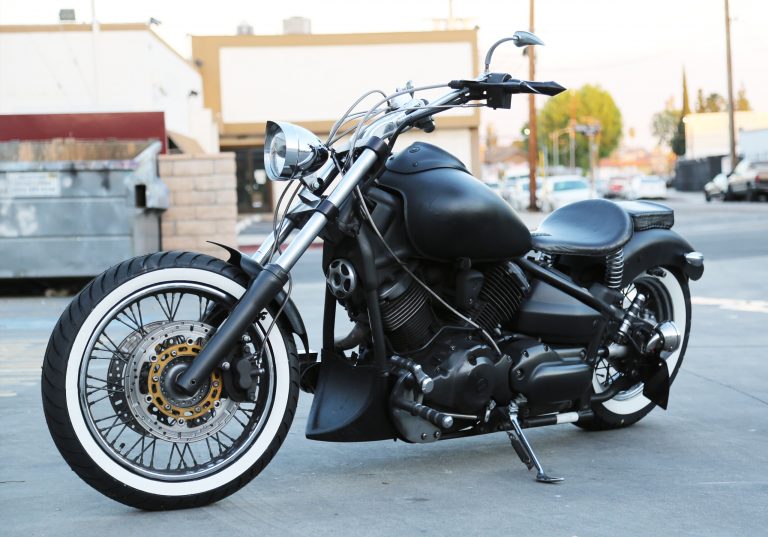 Unlike the high-grip for the track, it is a tire for the public road, so there is also a safe wet grip in sudden rain, is absolutely recommended for weekend winding touring.
Unlike the high-grip for the track, it is a tire for the public road, so there is also a safe wet grip in sudden rain, is absolutely recommended for weekend winding touring.
Buy BRIDGESTONE BATTLAX HYPER SPORT S22 on Webike
Watch and enjoy the bank angle! New high grip feeling!
Drive yourself from home and go straight to the track for a full "knee rub" session! The Metzeler M5 with a rather aggressive tagline! Metzeler, which you may not be that familiar within Japan, is a German tire manufacturer that has a significant market share in Europe. The tire is a lightweight tire that utilizes Metzeler's multiple belt construction technologies to minimize deformation at high speeds. Also, by checking the lean indicator on the tread surface, you can know your bank angle, which is an interesting point not found on other tires!
It's a tire that's so grippy you can "knee-grip" it, but it's also a tire you can enjoy on the road because it has good wet performance.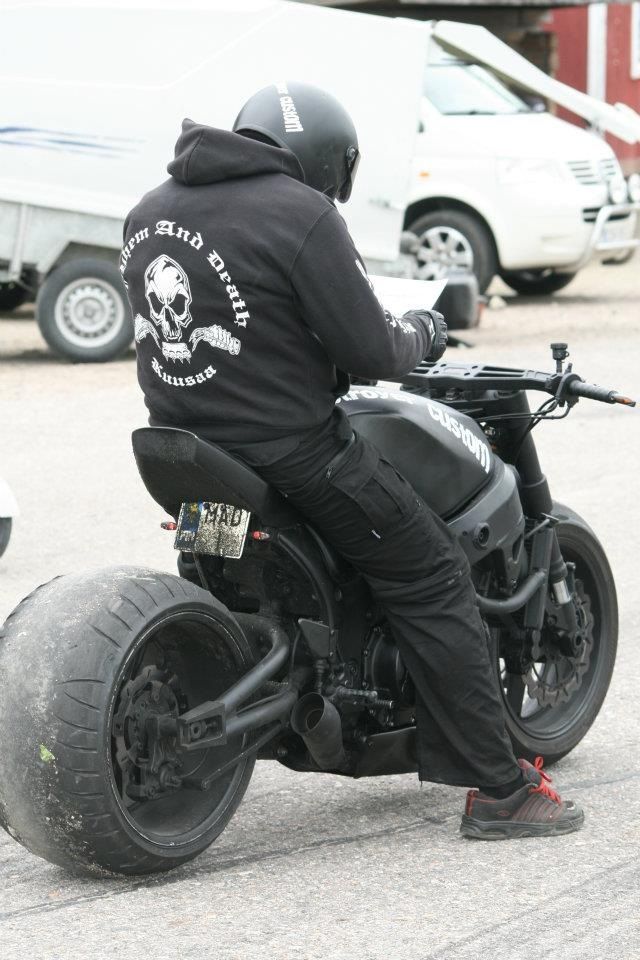 If winding is your main battlefield and the occasional trip to the track, this is it!
If winding is your main battlefield and the occasional trip to the track, this is it!
Buy METZELER SPORTEC M5 INTERACT on Webike
It can take the track! High grip with easy to use stability
The best high grip I've ever used for winding! Touring is winding mountain passes! If you use it for the occasional track, don't forget these tires! It is designed mainly for on-road dry grip and has an overwhelming sense of grip and lightness. By the way, compared to the previous game 13, the sense of stability has increased and the sense of slamming down has decreased. Which means less scary sensations! On the track, I'd recommend the 13SP, but on the street, this gentleness and grip are just right!
Buy DUNLOP SPORTMAX α-14 on Webike
The 250cc sportbike is easy to ride and can handle everything from city riding to winding roads and long tours, but of course, it's also fun to take to the track! Races using 250cc class vehicles are gaining momentum in Japan, and they play a role as a gateway to success in racing.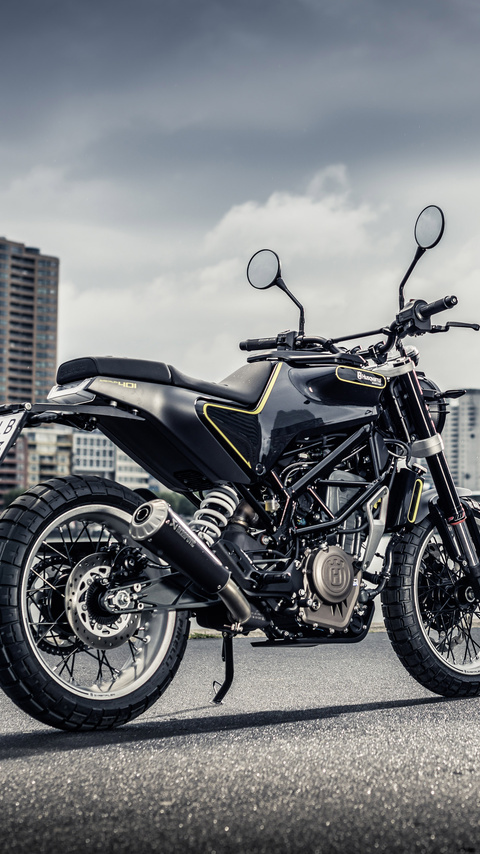 That's why I want you to go to the track, and I'll introduce you to the tires that I want to wear at the track!
That's why I want you to go to the track, and I'll introduce you to the tires that I want to wear at the track!
Summary of track tire characteristics
The King of High Grip! Tires that show you can buy time.
This is the tire you should be wearing on your track debut, the tire that 'buys' your lap times! The SUPERCORSA, is an FIM standard racing tire with grooves and is the standard tire used in racing regardless of displacement. The compound is also specially designed for racing, and the shape of the tire is quite sharp to fit the banking at the track. It's also important to note that they're used in some of the best races, like WSBK!
By the way, these tires are designed for the track, so the grip depends on the temperature. Make sure you warm them up when you start driving!
Buy PIRELLI DIABLO SUPERCORSA SC V3 on Webike
I know quite a few people who love this seasoning!
It is also used as a one-make tire in the 250cc class races held in Asia! This tire has no peculiarities and has a feeling that it turns linearly according to the bank angle. In other words, if you bank the tire, it will turn as much as you let it, without you having to try to make it turn. That's the image. There are many riders who like the ride of this tire, so perhaps the feeling of entering a corner cleanly while leaving the brakes on and turning at a bank angle suits the Japanese.
In other words, if you bank the tire, it will turn as much as you let it, without you having to try to make it turn. That's the image. There are many riders who like the ride of this tire, so perhaps the feeling of entering a corner cleanly while leaving the brakes on and turning at a bank angle suits the Japanese.
Buy DUNLOP SPORTMAX α-13 SP on Webike
Don't underestimate that it's bias!
If you're looking for a bias tire with enough grip for the track, this is the one! The RX-01 is the successor to the RX-01, which was for a long time the most powerful bias sports tire in its class. A compound that easily rises to temperature from the start of the ride improves grip by increasing the ground contact area at full banking. Less grooves, more on-road high grip!
Buy IRC RX-03 SpecR on Webike
Tires for city driving are surprisingly difficult to find. Tires have evolved tremendously, and touring tires can make up for the high grip of a decade ago, while still providing long life for city driving.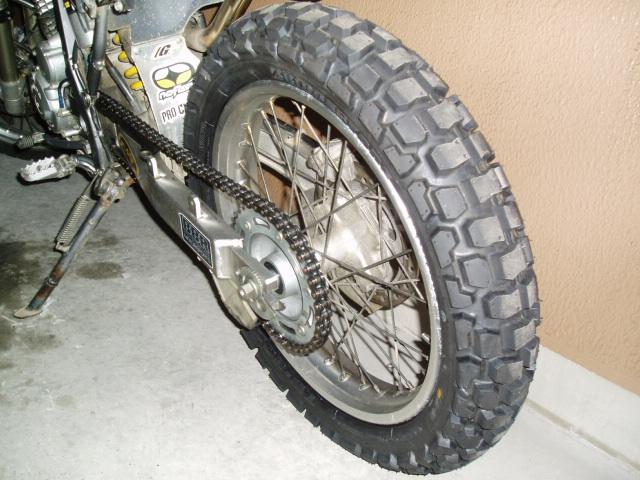 In other words, the current lineup has enough specs that it's a bit of a waste to use it only for city riding. The tire introduced here is also nothing short of touring in terms of performance. The level is also fun to attack a little. So this time, we introduce the tire that excels in the cosmetic!
In other words, the current lineup has enough specs that it's a bit of a waste to use it only for city riding. The tire introduced here is also nothing short of touring in terms of performance. The level is also fun to attack a little. So this time, we introduce the tire that excels in the cosmetic!
Summary features of street tires
The lack of features? Too balanced, just right!
This is a basic tire used on many motorcycles as a new tire. Although this tire is not very conspicuous, its well-balanced performance is the basis for the development of other tires. This is a natural and easy-to-handle tire with light radial handling and silica compound that grips even in low temperature conditions such as starting out and in the wet. Perfect for the kind of use where you're mainly riding around town and flogging the wilds on the weekends!
Buy DUNLOP SPORTMAX GPR300 on Webike
Good price! Performance is good! The perfect introduction to radials!
The design follows the previous model of the S22 introduced earlier, the highly popular S20EVO. This tire is recommended for riders who mainly ride on the street and go touring once every month or two, and the stock tire is not enough! With Bridgestone-like, well-rounded performance and an affordable price that's not as expensive as high-grade tires, this is the perfect introduction to radials.
This tire is recommended for riders who mainly ride on the street and go touring once every month or two, and the stock tire is not enough! With Bridgestone-like, well-rounded performance and an affordable price that's not as expensive as high-grade tires, this is the perfect introduction to radials.
Buy BRIDGESTONE BATTLAX TS100 on Webike
Because of the small displacement of 250cc class motorcycles, the effect of changes in each part is very large. In other words, it's a very fun motorcycle to customize and you can see the changes immediately. Tires are no exception, and by choosing the right tire for your application, you can feel the difference in many areas, such as ease of turning at intersections, enjoyment of winding roads, and stability at high speeds!
Bottom line: if you want to change a tire on a 250cc! You need a good tire for your application!
See Accessories of MICHELIN
See Accessories of DUNLOP
See Accessories of BRIDGESTONE
See YAMAHA Moto Index Page
See HONDA Moto Index Page
See KAWASAKI Moto Index Page
See Accessories for HONDA CBR250RR (2016-)
See Accessories for YAMAHA YZF-R25 (R25)
See Accessories for KAWASAKI ZX-25R
Welcome to Tire School!
We're going to have a crash course (figuratively speaking!) on motorcycle tires.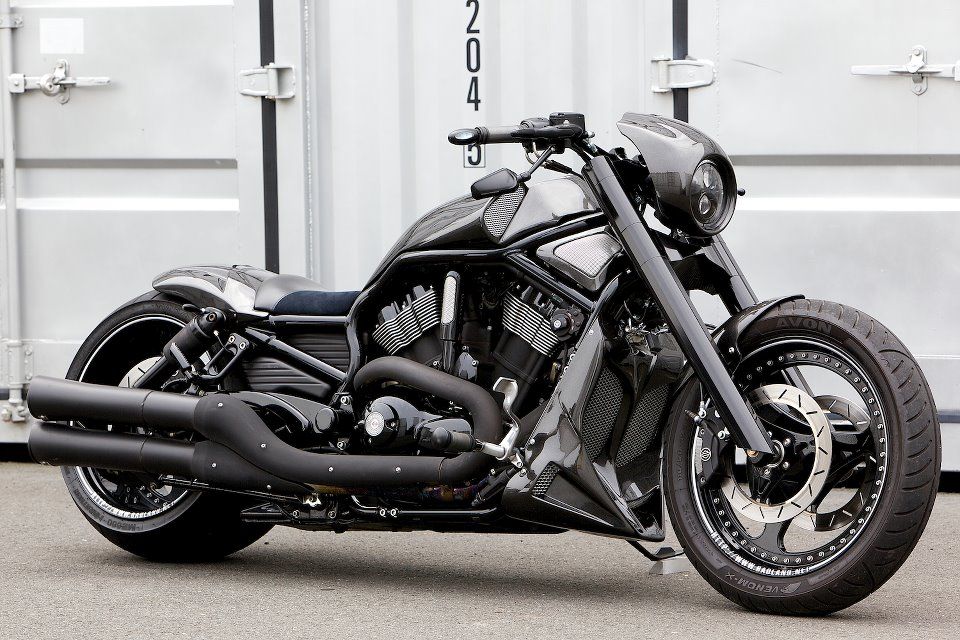 This is literally where the rubber meets the road.
This is literally where the rubber meets the road.
At RevZilla, we deal with a vast spectrum of customers, from sponsored racers on rockets to green rookies on Ninja 250s, to someone pushing hundreds of miles daily on a Harley bagger — and that’s just the street riders! One thing they all have in common is that tires are critical components.
Like with most of the products we sell, making a good decision when choosing tires is a matter of understanding how you ride, being honest about your intents and abilities, and most importantly, being safe. Let’s start with a quick run-down of tire terminology.
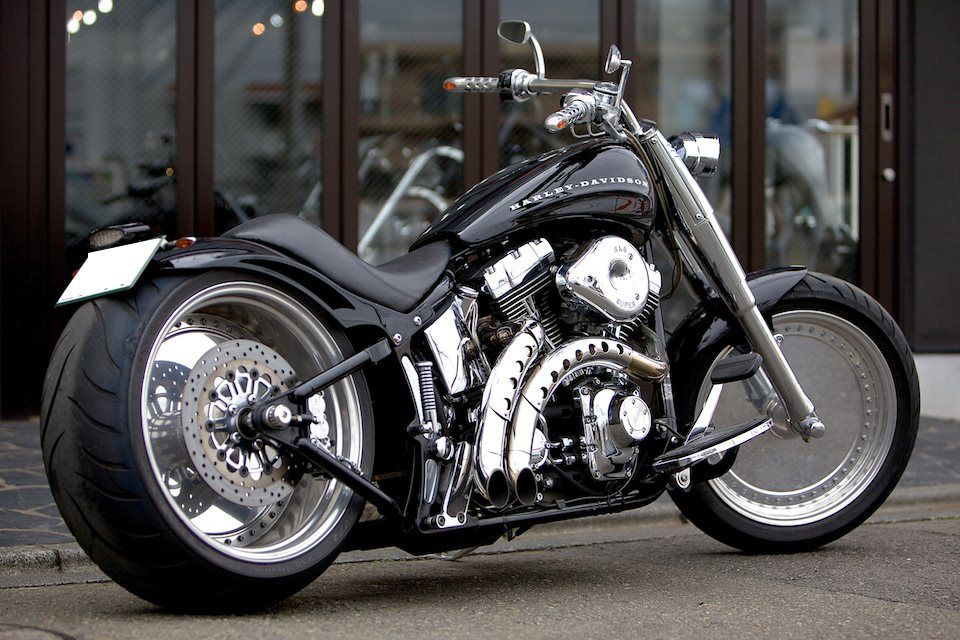
 This is the part of the tire we’re talking about when we reference height, profile, or aspect ratio. Typically, a shorter sidewall yields a stiffer sidewall, which tends to flex less. To a rider, this means better handling and turning, worse bump absorption, and more difficult mounting. This section greatly contributes to the tire’s role in the suspension. That’s right — the tire is a suspension component!
This is the part of the tire we’re talking about when we reference height, profile, or aspect ratio. Typically, a shorter sidewall yields a stiffer sidewall, which tends to flex less. To a rider, this means better handling and turning, worse bump absorption, and more difficult mounting. This section greatly contributes to the tire’s role in the suspension. That’s right — the tire is a suspension component!How do you know the important stuff about a tire? Like, what’s inside it and what size it is? It's easy. By law, this information is written on the tire sidewall.
There are two ways to give tire information: alphanumeric and metric.
A quick history lesson before we start decoding: In the old days, there was only one way to size tires — alphanumeric. Radial tires didn’t exist, so there were a pretty limited number of sizes available, which made an uncomplicated system adequate. As increasingly complex tire technology became available, it was evident a new system needed to be cooked up to provide that information to consumers and sellers, so the metric system was developed.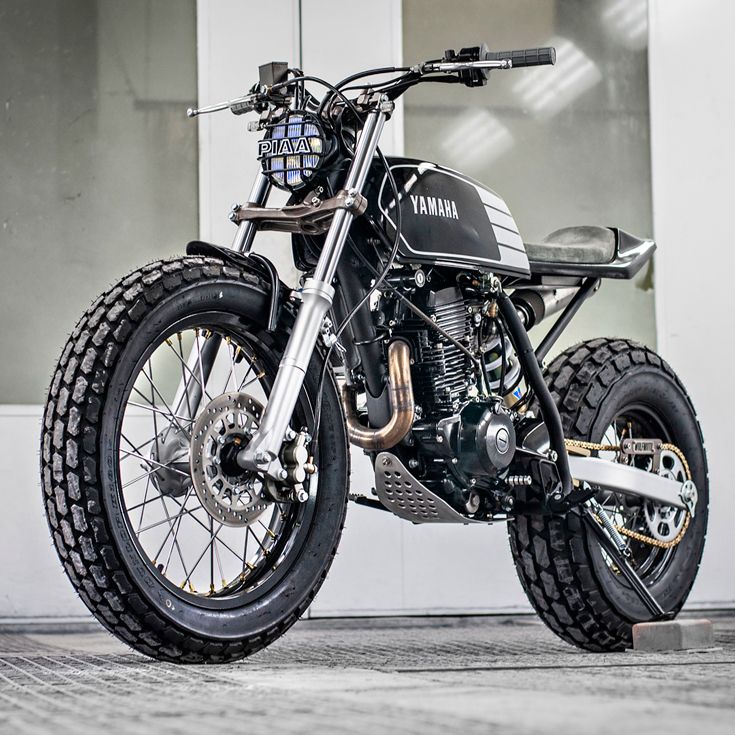 In the days of yore, tires never really got bigger than six inches across the tread (or from rim to tire edge), too, so if a tire has a size of much larger than 150, it will never be in an alphanumeric size, because they didn’t exist in the Dark Ages of motorcycling. Don’t be scared off by alphanumeric tire sizes – it’s usually easy to get a great tire that will make you happy, and in a tiny way, you’ll be using a tire that connects you to the old days of motorcycling.
In the days of yore, tires never really got bigger than six inches across the tread (or from rim to tire edge), too, so if a tire has a size of much larger than 150, it will never be in an alphanumeric size, because they didn’t exist in the Dark Ages of motorcycling. Don’t be scared off by alphanumeric tire sizes – it’s usually easy to get a great tire that will make you happy, and in a tiny way, you’ll be using a tire that connects you to the old days of motorcycling.
There’s an older way still of sizing tires, using tire widths in inches, but bikes requiring them are antiques at this point, like 3.00x18. If you run tires like this, give one of our Gear Geeks a call for help obtaining a set.
The image at right shows two tire sizes you might see. Let's break down the numbers.
The first, a 130/90, is a common size for Harley-Davidson tires. The 130 represents the width across the face of the tread in millimeters. This may not be exactly identical from one brand of tire to another.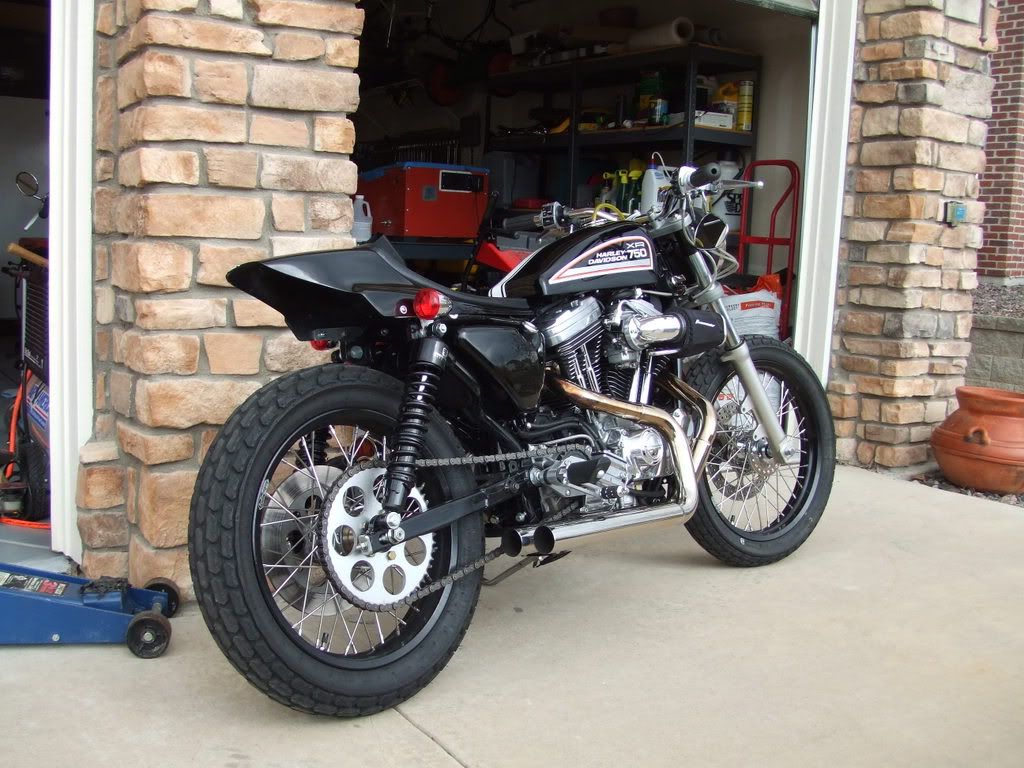 Each manufacturer varies slightly, and the curvature of the tire’s profile can affect the overall measurement, but the tolerances are close enough that one will fit where another goes, as long as you're sticking to stock sizes.
Each manufacturer varies slightly, and the curvature of the tire’s profile can affect the overall measurement, but the tolerances are close enough that one will fit where another goes, as long as you're sticking to stock sizes.
The second tire example, in the alphanumeric system, conveys the width with the letter “T.” Tire width charts are widely available in tire catalogs and online, so to save space, we’ll omit them here. (For those curious, the “M” indicates “Motorcycle.” Every alphanumeric tire you’ll run into will start with an “M.”)
The 90 represents the aspect ratio. The aspect ratio is the height of the sidewall expressed as a percentage of the width. Thus, this tire has a side wall height of 90 percent times 130 mm or 117 mm.
The next item you’ll see is the rim size expressed in inches. Were this tire a radial, we would see a capital letter “R” separating the aspect ratio and rim size. Since that is not the case here, you can be certain this is a bias-ply tire.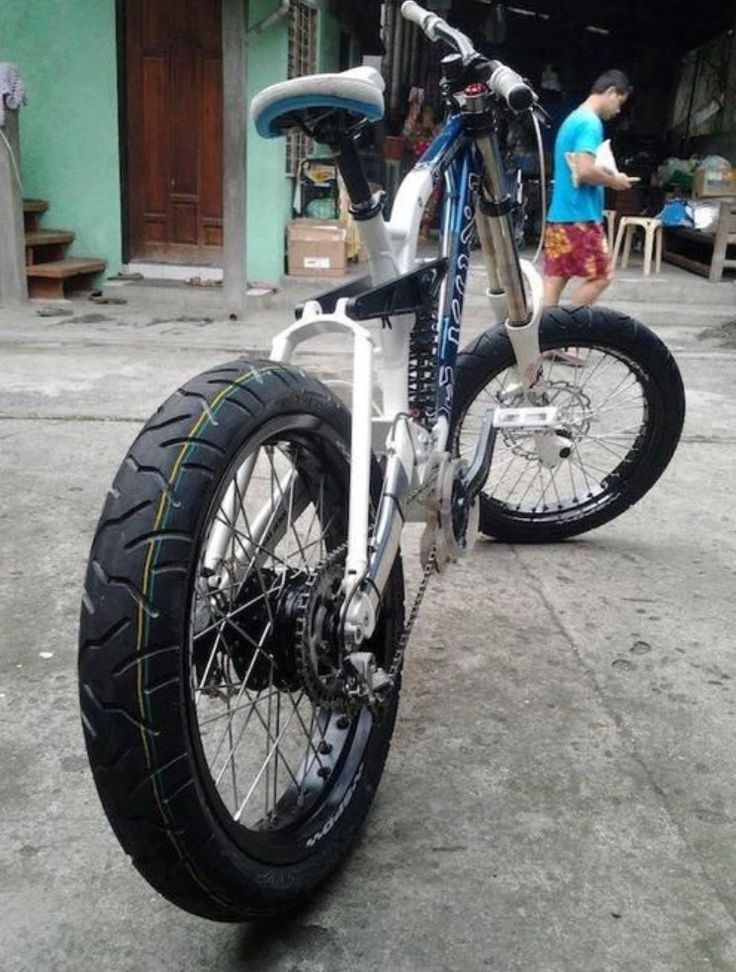 Were this tire a bias-belted tire (like a bias-ply tire with additional, stiffening layers of fabric placed over the body plies), a capital letter “B” would separate the aspect ratio and rim size. It's easy to see this tire is made to be mounted on a 16-inch wheel.
Were this tire a bias-belted tire (like a bias-ply tire with additional, stiffening layers of fabric placed over the body plies), a capital letter “B” would separate the aspect ratio and rim size. It's easy to see this tire is made to be mounted on a 16-inch wheel.
Other information shown are speed ratings and load ranges. Load ranges give the maximum weight a tire can carry, and speed ratings list the maximum speed at which the maximum load can be carried. Charts to find a given load or speed for a particular letter or number again are available in a multitude of places, so we’re not including them here. If you cannot find one, just ask us for help!
There’s one more tire “code,” called the service description, and we’ll talk about it quickly in a little bit. It’s not universal to the information given on a sidewall, so we’re not covering it here.
As long as you stick to the stock size tire that your motorcycle was designed to use, you're good to go. That doesn't mean you can't experiment. Depending on your motorcycle, you may still have a choice of sport tires, designed to provide maximum grip at the expense of tread life, touring tires designed for maximum mileage, or sport-touring tires that strive to provide the best of both. For adventure bikes, you can choose between tires that are intended as 90-10 (90 percent street use, 10 percent off road) or 50-50 or some other combination.
That doesn't mean you can't experiment. Depending on your motorcycle, you may still have a choice of sport tires, designed to provide maximum grip at the expense of tread life, touring tires designed for maximum mileage, or sport-touring tires that strive to provide the best of both. For adventure bikes, you can choose between tires that are intended as 90-10 (90 percent street use, 10 percent off road) or 50-50 or some other combination.
Of course people love to experiment, and sometimes that means departing from stock tire types and sizes. Our customers have brought us some humdingers of questions, so we’re going to try to cover the ones we get most often.
The most important thing to remember when selecting a tire is something each of our Gear Geeks absorbs to the core, and we encourage our customers to take the same stance: We always will err on the side of safety. Many customers will ask, “Can I…” followed by some deviation from standard practice.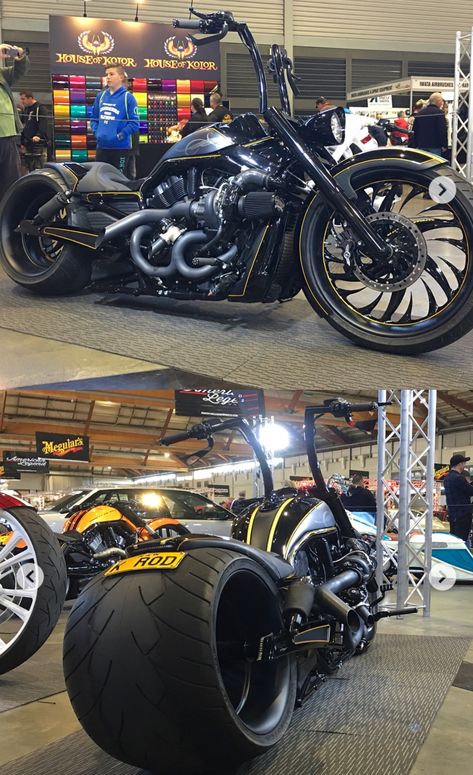 Some ideas kicked off by lone amateurs have been fantastic, while others have caused injury or death. We at RevZilla respect the rights of each motorcyclist to choose what modifications to make, but because we are unable to quickly evaluate every customer’s abilities and judgment through simple phone and e-mail contacts, it is RevZilla’s stance to only recommend tires that are original size, speed rating, load rating, and construction as the original equipment manufacturer’s.
Some ideas kicked off by lone amateurs have been fantastic, while others have caused injury or death. We at RevZilla respect the rights of each motorcyclist to choose what modifications to make, but because we are unable to quickly evaluate every customer’s abilities and judgment through simple phone and e-mail contacts, it is RevZilla’s stance to only recommend tires that are original size, speed rating, load rating, and construction as the original equipment manufacturer’s.
Without further ado, here’s the FAQ!
Boy, if only it was that easy! There’s a reason that there’s not a common list of stuff that will fit on a given bike. Most people don’t sit around the shop with a stack of tires trying to fit different ones onto their wheels. A lot of things need to be taken into account when changing a tire size.
Tires need clearance in many dimensions. A tire that is too wide can rub a swingarm, chain, or other parts.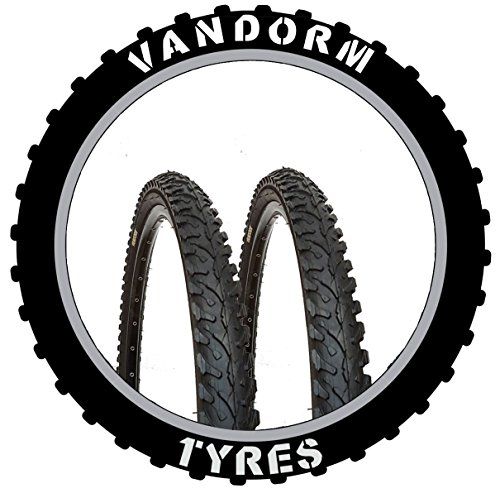 A tire that is too large in circumference will change gearing ratios and speedometer readouts, and can contact fenders or swingarms. If clearance is tight when you mount the tire, keep in mind it can still cause problems. Tires “grow” at speed. Temperature and centrifugal force cause a spinning tire to be measurably larger than one at rest.
A tire that is too large in circumference will change gearing ratios and speedometer readouts, and can contact fenders or swingarms. If clearance is tight when you mount the tire, keep in mind it can still cause problems. Tires “grow” at speed. Temperature and centrifugal force cause a spinning tire to be measurably larger than one at rest.
Wide tires are not necessarily better. They usually “turn in” worse than a skinnier tire of the same make and model, and usually hurt fuel mileage. The common alteration of mounting a wider rear tire may make the bike harder to steer, even unpleasantly or unsafely so.
While wider tires rarely provide performance advantages, some tire manufacturers do offer their own “plus sizing” recommendations, by listing tire sizes larger than stock that are confirmed to fit a certain size rim.
Again, we respect a customer’s right to choose, but we only recommend sticking with a manufacturer’s recommended tire construction type.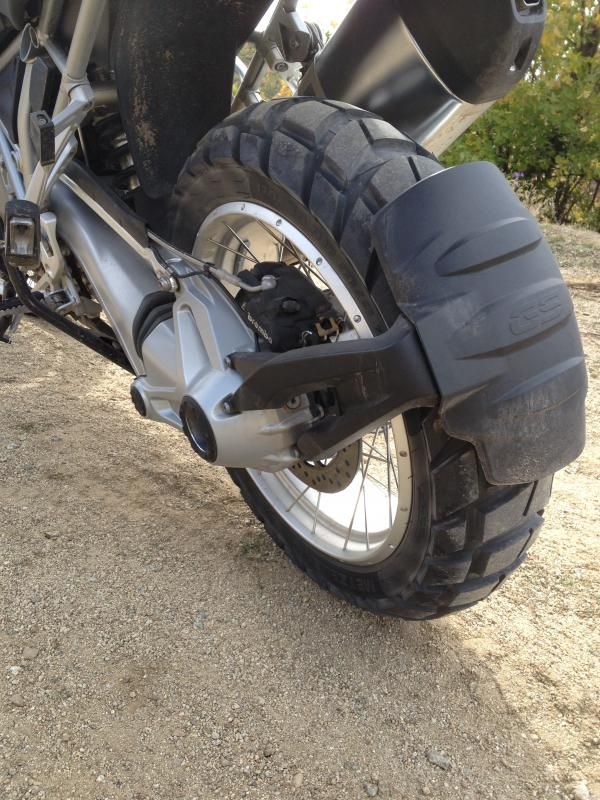
In general, radial tires offer lower temperatures (leading to longer life), stiffer construction, and the ability to have sidewalls with a lower aspect ratio, resulting in less flex. Bias-ply tires offer a softer, more compliant ride and, typically, a little lower price. Their other main advantage is load-carrying capability. In a given size, you’ll typically see a bias handle more weight. It explains why Harley (a big player in the heavy cruiser market) and certain touring bikes use them.
Interestingly, for some manufacturers, a mix of a bias front and radial rear is the setup from the factory.
Great question. For you rookies out there: Spoked rims will leak air if the tires mounted to them do not have an inner tube installed in them to hold the air. The nipples where the spokes mate to the rim are not airtight. A notable exception to this rule is the edge-spoked rims commonly found on a few bikes, such as BMW GS-series adventure-tourers. Even some alloy rims require tube-type tires, especially older bikes.
Even some alloy rims require tube-type tires, especially older bikes.
Bottom line: If your bike came with tube-type tires with inner tubes, you're not going to be able to use a tubeless tire without some creative engineering to make the rim airtight. And even then, there's no guarantees, because the beads may not seat properly on a wheel made for tube-type tires. So this is one of those things we just can't recommend.
This is generally fine to do. Note that the addition of a tube adds friction — and thus heat — into a tire. Most sources agree that if adding a tube, it's prudent to assume the tire has "stepped" down one load and speed step.
Not a great idea. In tubeless tires, the valve stem is generally replaced at every tire swap. With an inner tube, the valve is built right into the tube itself. Rubber hardens as it heat-cycles — the process of going from cold to hot and back to cold again, every time you ride — and the tube's rubber, which should be soft and pliable, turns brittle and can be prone to cracking. Compared to tires, tubes are cheap. Bottom line: Don’t do it. Replace the tubes with the tires.
Compared to tires, tubes are cheap. Bottom line: Don’t do it. Replace the tubes with the tires.
That's easy. Here's a conversion chart!
There are two types: 8 mm and 10 mm. The larger one, which actually fits an 11.3 mm hole in the wheel, is by far the most common size. It's used by all the Japanese manufacturers and Harley-Davidson. The smaller size, actually an 8.3 mm opening, is used by some BMWs and Buells and aftermarket wheels.
Normally, a downgrade in load/speed rating is a poor idea and we don’t recommend it at RevZilla. Maximum load and speed ratings are considered by the manufacturer and they specify tires they believe the bike needs.
Upgrading a speed or load rating won’t hurt anything, but can give a worse ride due to sidewall stiffeners being added to the tire. Factory-spec tires should be capable of handling the load the bike is approved to carry. If you're trying to exceed that, most likely the tires are not the only weak point and other parts can break, too! A higher speed rating is rarely detrimental, though you may give up fuel mileage or tire life. We recommend sticking to the OE speed rating, but upgrading is permissible, provided you know that other riding characteristics could be affected.
Factory-spec tires should be capable of handling the load the bike is approved to carry. If you're trying to exceed that, most likely the tires are not the only weak point and other parts can break, too! A higher speed rating is rarely detrimental, though you may give up fuel mileage or tire life. We recommend sticking to the OE speed rating, but upgrading is permissible, provided you know that other riding characteristics could be affected.
When considering weights, do not forget the weight of rider, passenger, luggage, etc. Japanese bike manufacturers are notorious for expecting their customers to be featherweights.
At the time of this writing, most tire manufacturers agree that a tire that has been repaired loses any speed rating.
If you see a letter and number combo listed after a tire size, that is a tire “service description.” Service descriptions all have a load and speed index, which are easily converted from a number of commonly available tables.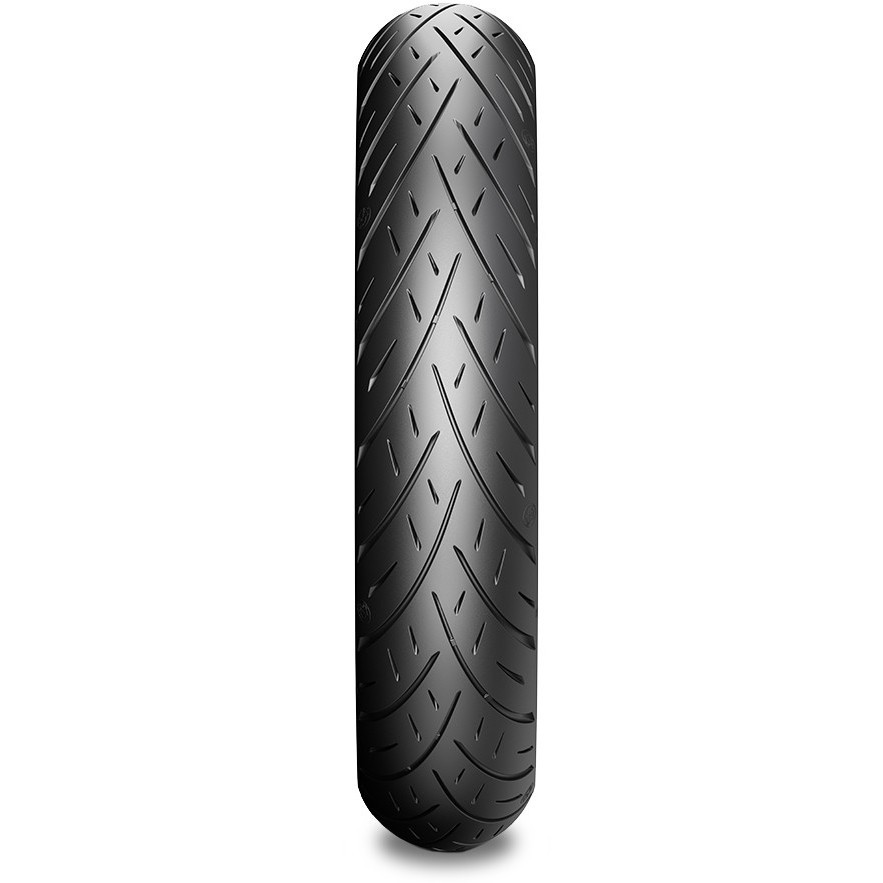
There is also additional, optional information you mayu see which can vary from manufacturer to manufacturer. It’s sometimes information that the tire producer gives to further clarify what the tire belongs on, or what job the tire was designed to do. It may indicate a slightly different version of a tire that is made specifically for a certain new model of bike, at the motorcycle manufacturer's request. Michelin Pilot Road 3 Tires are a good example of this. The “B” service description denotes a tire with extra sidewall stiffeners added. If you are unsure what a service description means, consult your friendly Gear Geek for clarification.
There are rare instances where the OEM tires are mixed brands, but other than those exceptions, RevZilla recommends replacing tires with the tire manufacturer’s recommended match front or rear. Often, a manufacturer will recommend a different model of tire for front and rear, and we will follow that recommendation. Unless a bike was equipped with two different tires from the factory, we do not recommend mixing tire brands because differences in tire handling and performance can cause an otherwise well-behaved motorcycle to act in an unpredictable, unsafe manner. Tire manufacturers engineered their tires to work with a matched partner. You paid for all that engineering, so why not use it?
Unless a bike was equipped with two different tires from the factory, we do not recommend mixing tire brands because differences in tire handling and performance can cause an otherwise well-behaved motorcycle to act in an unpredictable, unsafe manner. Tire manufacturers engineered their tires to work with a matched partner. You paid for all that engineering, so why not use it?
Yup! Tire age does matter!
Fortunately, it's easy to tell your tire's age. Molded into the sidewall of every tire is a DOT code, typically 12-16 digits or so. The code starts with the letters “DOT” and ends with a mishmash of numbers which tell many things, including the date of manufacture and plant it was produced in. We are interested in the last block of numbers. If there is a three-digit number in the final block of numbers, the tire was produced prior to 2000 and probably needs to be replaced! A four-digit number will reference the week of production in the first two digits, and the year in the last two.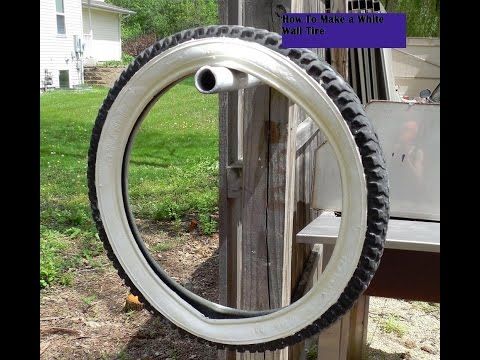 For example, 4209 as the final four characters in the DOT code indicates that the tire was made in the 42nd week of 2009.
For example, 4209 as the final four characters in the DOT code indicates that the tire was made in the 42nd week of 2009.
If the tires on your bike are five years old, RevZilla recommends an inspection by a trained tire professional. If they're 10 years old, you should probably replace them regardless of how they look.
We do not guarantee motorcycle tires ordered from RevZilla will be of a certain age. However, be assured that our stock rolls over really frequently, and you will be getting a tire of very recent production.
Because it’s flat? That would be a good replacement situation…
Let’s run down a quick list of times when motorcycle tires should be replaced:
If you’re asking us this question, you probably need at least one new tire, and likely two.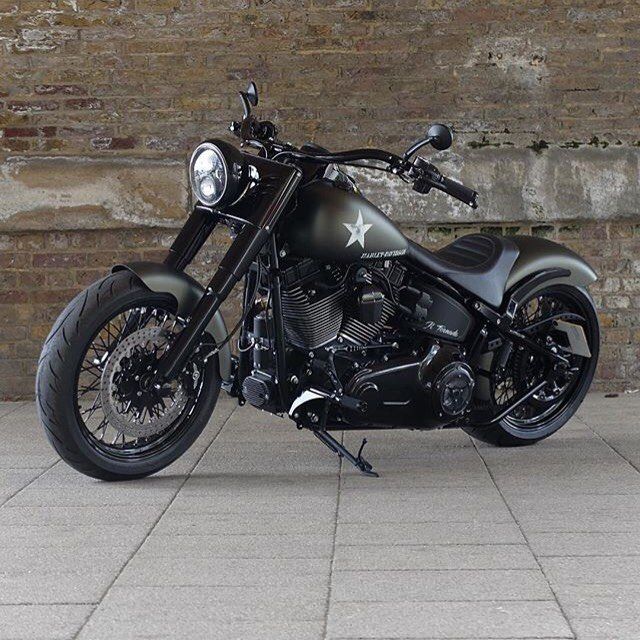 Given that most bikes have a tire speed rating, and repaired tires lose their speed rating, many riders with any type of tire damage really need a new tire. The safest course is to consider a repair a temporary fix at best. Given how critical tires are to your safety and your motorcycle's performance, RevZilla urges customers to stay safe.
Given that most bikes have a tire speed rating, and repaired tires lose their speed rating, many riders with any type of tire damage really need a new tire. The safest course is to consider a repair a temporary fix at best. Given how critical tires are to your safety and your motorcycle's performance, RevZilla urges customers to stay safe.
Well, you could have a defective tire. Or maybe a defective install. It’s hard to say without having the situation assessed by a trained professional. As a former tire installer, I would say that perhaps two percent of all tire problems were caused by truly defective tires. Chatter from a tire typically comes from normal wear and cupping, and sometimes from incorrect inflation, or a combination of those things. Wobble is almost always caused by misaligned tires, bent axles, or, most commonly, worn bearings. Tread and wear issues are usually caused from wheels having crooked installation or improper inflation.
It’s hard to say what you may be facing without seeing the problem firsthand. If you want some suggestions from a Gear Geek on what could be going on with your particular tire, information about the bike, tire installation, circumstances surrounding the failure, and pictures are all really, really helpful. It’s the best first step in determining if you’ve got a problem, and what should be done to remedy it. We maintain great relationships with our tire manufacturers, so we often tap their experience and that can be a huge resource when we are trying to help you!
Because the street’s not the track! Track tires often have compounds requiring very hot temperatures to “stick” to the road that a rider — even an aggressive one — will not hit on the street. This means that in real use, the track-day tire may be less grippy on the street than a sporty street tire.
Track-day tires also have different cross sections, usually inviting quicker steering, but twitchier handling. They are almost never optimized for wear and they probably don't handle water or debris well, since those are usually absent on the track, though that cannot be said of city streets. Track tires also rarely take into account loaded riding that street bikes are frequently saddled with. There are a number of super-sticky street tires that really bridge the gap between track and street use and they are almost universally the best choice for the rider who asks this question.
They are almost never optimized for wear and they probably don't handle water or debris well, since those are usually absent on the track, though that cannot be said of city streets. Track tires also rarely take into account loaded riding that street bikes are frequently saddled with. There are a number of super-sticky street tires that really bridge the gap between track and street use and they are almost universally the best choice for the rider who asks this question.
Have a question that's not answered here? Drop us a line or give us a call. We never “tire” of talking to our customers!
Introduction
How to decipher the marking of motorcycle tires
Correspondence table for metric and inch tire marking systems
Conclusion
Motorcycle tires are impossible to choose correctly if you do not understand their sizes. Otherwise, at best, you risk bringing just a useless piece of rubber from the store. To determine the sizes, we have prepared a short decoding method and a comparison table of tire dimensions.
Otherwise, at best, you risk bringing just a useless piece of rubber from the store. To determine the sizes, we have prepared a short decoding method and a comparison table of tire dimensions.
Any motor rubber has a sea of information on the sidewall about the properties, purpose and, of course, size. We need to figure it out, and then compare the readings with the table. You can learn more about motorcycle tire labeling in our previous article.
As a rule, the main marking on the side of the tire looks like this: 120/80 R16 59S. This is the so-called metric marking. Let's understand it in more detail:
120 - profile width from edge to edge of the tread, expressed in millimeters.
80 - profile height, expressed as a percentage.
R - radial type of construction.
16 - diameter of the landing area. This indicator should correspond to the same diameter of the rim on which the tire will be put on.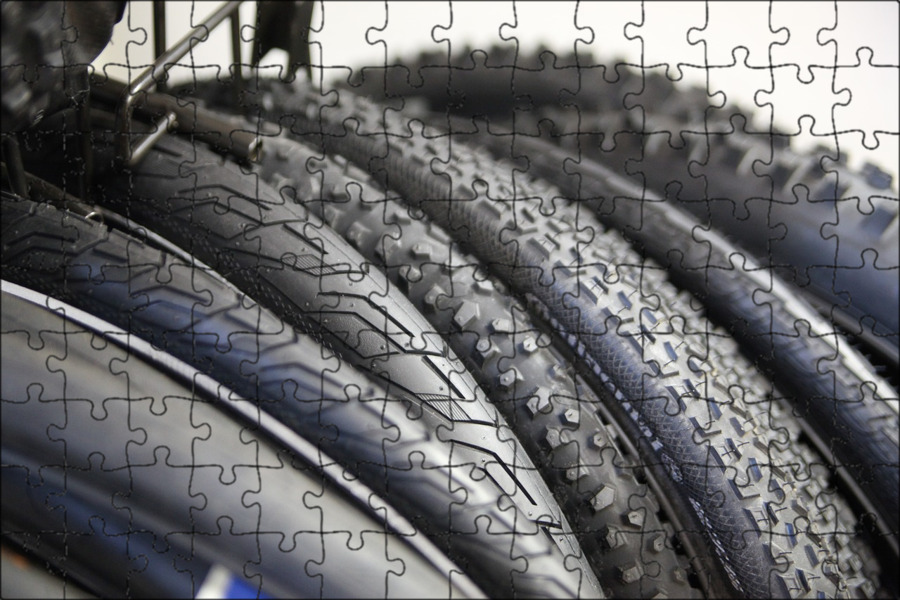
59 - load index, or the maximum weight that the tire can withstand without loss of performance. We are looking for it in the table:
| Tire load index | |||||||
| 40 | 140 | 53 | 206 | 66 | 300 | 79 | 437 |
| 41 | 145 | 54 | 212 | 67 | 307 | 80 | 450 |
| 42 | 150 | 55 | 218 | 68 | 315 | 81 | 462 |
| 43 | 155 | 56 | 224 | 69 | 325 | 82 | 475 |
| 44 | 160 | 57 | 230 | 70 | 335 | 83 | 487 |
| 45 | 165 | 58 | 236 | 71 | 345 | 84 | 500 |
| 46 | 170 | 59 | 243 | 72 | 355 | 85 | 515 |
| 47 | 175 | 60 | 250 | 73 | 365 | 86 | 530 |
| 48 | 180 | 61 | 257 | 74 | 375 | 87 | 545 |
| 49 | 185 | 62 | 265 | 75 | 387 | 88 | 560 |
| 50 | 190 | 63 | 272 | 76 | 400 | 89 | 580 |
| 51 | 195 | 64 | 280 | 77 | 412 | 90 | 600 |
| 52 | 200 | 65 | 290 | 78 | 425 | 91 | 615 |
S is an index of the speed at which the bike can move without losing ride stability, grip and other useful tire characteristics.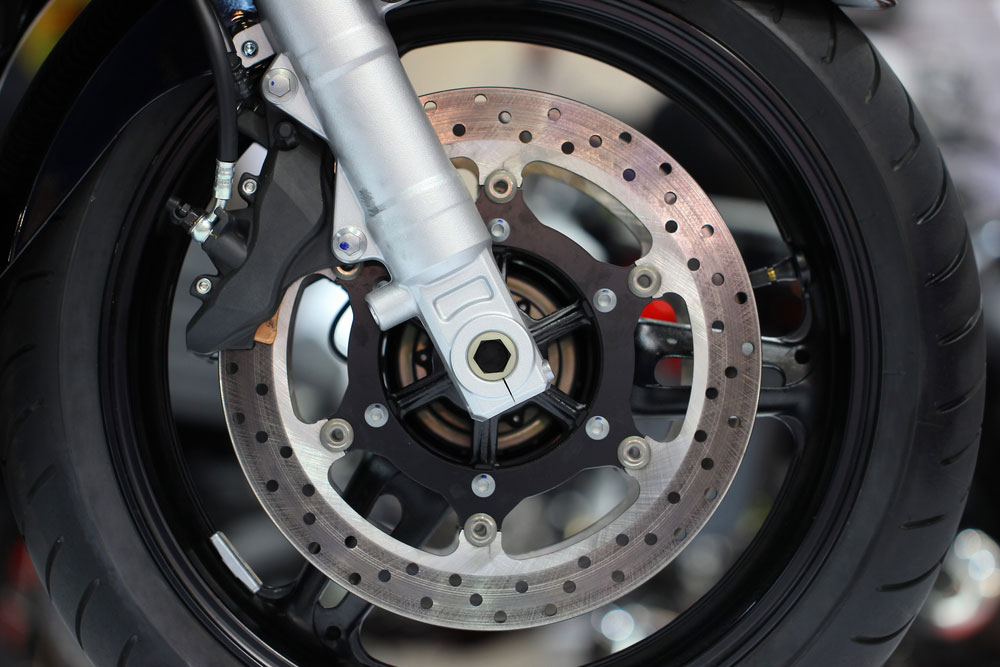 The value is also in a special table:
The value is also in a special table:
The models in the top are arranged in terms of price / quality ratio. In the process of writing it, we were guided by the reviews of amateur bikers, professional tests, and were also guided by our own subjective opinion and many years of experience with tires.
| Speed index | Maximum speed, km/h |
|---|---|
| A | 40 |
| B | 50 |
| C | 60 |
| 65 | |
| E | 70 |
| F | 80 |
| G | 90 |
| J | 100 |
| K | 110 |
| L | 120 |
| M | 130 |
| N | 140 |
| P | 150 |
| Q | 160 |
| R | 170 |
| S | 180 |
| T | 190 |
| U | 200 |
| H | 210 |
| V | 240 |
| W | 270 |
| Y | 300 |
| VR | >210 |
| ZR | >240 |
| (W) | >270 |
| Z | >300 |
This method of marking tires is followed by most manufacturers, but there are those who prefer alternative types, where the dimensions are indicated in inches.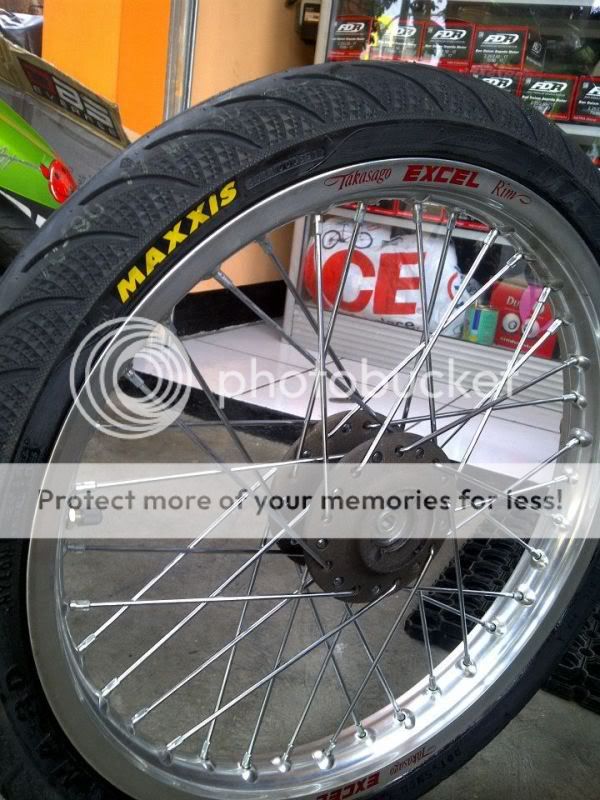 For example, this one is 3.25H-19. Everything is simple here: 3.25 is the tire width expressed in inches, H is the speed index, 19 is the bore diameter.
For example, this one is 3.25H-19. Everything is simple here: 3.25 is the tire width expressed in inches, H is the speed index, 19 is the bore diameter.
Sometimes an inch designation can be used instead of the usual millimeter, for example, like this: 4.60/80 R16.
There is a rather rare alpha system created mainly for sports tourists. For example, this type of MM90S-16, where: MM - profile width in inches (3.75), 90 - profile height in percent; S - speed index, 16 - diameter of the landing rim of the tire.
| Marking alpha | Width in inches |
|---|---|
| MG | 2.75 |
| MH | 3.00 |
| MJ | 3.25 |
| ML | 3.50 |
| MM | 3.75 |
| MN | 4.00 |
| MP | 4. |
| MR | 4.50 |
| MS | 4.75 |
| MT | 5.00 |
| MU | 5.50 |
| MV | 6.00 |
To make it easier for you to determine what the inch size corresponds to in the metric system and vice versa, we have prepared a comparison table for you.
| Tire size in. | Load index | Permissible rim width, inch. | Tire size | ||||
| Alpha | Metric | ||||||
| Standard | Reinforced. | 100 | 90 | 80 | |||
| 2. | 40 | 46 | 1.50-1.85 | MH 90-16 | 80/100-16 | 80/90-16 | 90/80-16 |
| 3.00-16 | 40 | 48 | 1.60-2.15 | MH 90-16 | 90/100-16 | 90/90-16 | 100/80-16 |
| 3.25-16 | 48 | 55 | 1.85-2.50 | MJ 90-16 | 100/100-16 | 100/90-16 | 110/80-16 |
| 3.50-16 | 52 | 58 | 1.85-2.50 | ML 90-16 | 100/100-16 | 100/90-16 | 110/80-16 |
| 4.60-16 | 58 | 59 | 1. | MM 90-16 | 100/100-16 | 110/90-16 | 120/80-16 |
| 2.75-17 | 41 | 47 | 1.50-1.85 | MH 90-17 | 80/100-17 | 80/90-17 | 90/80-17 |
| 3.00-17 | 41 | 50 | 1.60-2.15 | MH 90-17 | 90/100-17 | 90/90-17 | 100/80-17 |
| 4.50-17 | 50 | 67 | 2.15-3.00 | MR 90-17 | 110/100-17 | 130/90-17 | 140/80-17 |
| 4.60-17 | 50 | 62 | 1. | MS 90-17 | 100/100-17 | 110/90-17 | 120/80-17 |
| 5.10-17 | 50 | 67 | 2.50-3.50 | MT 90-17 | 110/100-17 | 130/90-17 | 140/80-17 |
| 2.75-18 | 42 | 48 | 1.50-1.85 | MH 90-18 | 80/100-18 | 80/90-18 | 90/80-18 |
| 3.00-18 | 47 | 52 | 1.60-2.15 | MH 90-18 | 90/100-18 | 90/90-18 | 100/80-18 |
| 3.25-18 | 52 | 59 | 1. | MJ 90-18 | 100/100-18 | 100/90-18 | 110/80-18 |
| 3.50-18 | 56 | 62 | 1.85-2.50 | ML 90-18 | 100/100-18 | 100/90-18 | 110/80-18 |
| 3.60-18 | 51 | 62 | 1.85-2.50 | MH 90-18 | 100/100-18 | 90/90-18 | 100/80-18 |
| 4.00-18 | 64 | 69 | 2.15-3.00 | MN 90-18 | 110/100-18 | 120/90-18 | 130/80-18 |
| 4.10-18 | 60 | 69 | 1.85-3.00 | ML 90-18 | 100/100-18 | 100/90-18 | 110/80-18 |
| 4. | 64 | 69 | 1.85-3.00 | MM 90-18 | 110/100-18 | 110/90-18 | 120/80-18 |
| 4.25-18 | 66 | 69 | 2.15-3.00 | ML 90-18 | 110/100-18 | 120/90-18 | 130/80-18 |
| 4.60-18 | 63 | 69 | 1.85-3.00 | MR 90-18 | 110/100-18 | 120/90-18 | 130/80-18 |
| 3.00-19 | 49 | 54 | 1.60-2.15 | MH 90-19 | 90/100-19 | 90/90-19 | 100/80-19 |
| 3. | 54 | 54 | 1.85-2.50 | MJ 90-19 | 100/100-19 | 100/90-19 | 110/80-19 |
| 3.50-19 | 54 | 57 | 1.85-2.50 | ML 90-19 | 100/100-19 | 100/90-19 | 110/80-19 |
| 3.60-19 | 52 | 54 | 1.85-2.50 | MH 90-19 | 100/100-19 | 90/90-19 | 100/80-19 |
| 2.75-21 | 45 | 54 | 1.50-1.85 | MH 90-21 | 80/100-21 | 80/90-21 | 90/80-21 |
| 3. | 51 | 57 | 1.60-2.15 | MH 90-21 | 90/100-21 | 90/90-21 | 100/80-21 |
Keep this chart for yourself and you will always have data on how to determine the size of motorcycle tires. In the BlackTyres online store, the selection of new clothes will be much faster and easier, because you can choose tires according to the model and size of the wheels of your bike. Just sort them using filters and choose your favorite tires.
| Tire size in inches | Tire size metric | ||
| 100 | 90 | 80 | |
2. 75 75 | 80/100 | 80/90 | 90/80 |
| 3.00 | 90/100 | 90/90 | 100/80 |
| 3.25 | 100/100 | 100/90 | 110/80 |
| 3.50 | 100/100 | 100/90 | 110/80 |
| 3.60 | 100/100 | 100/90 | 100/80 |
| 4.00 | 110/100 | 100/90 | 110/80 |
| 4.10 | 100/100 | 110/90 | 120/80 |
| 4.25/85 | 110/100 | 120/90 | 130/80 |
| 4.50 | 110/100 | 110/90 | 120/80 |
4.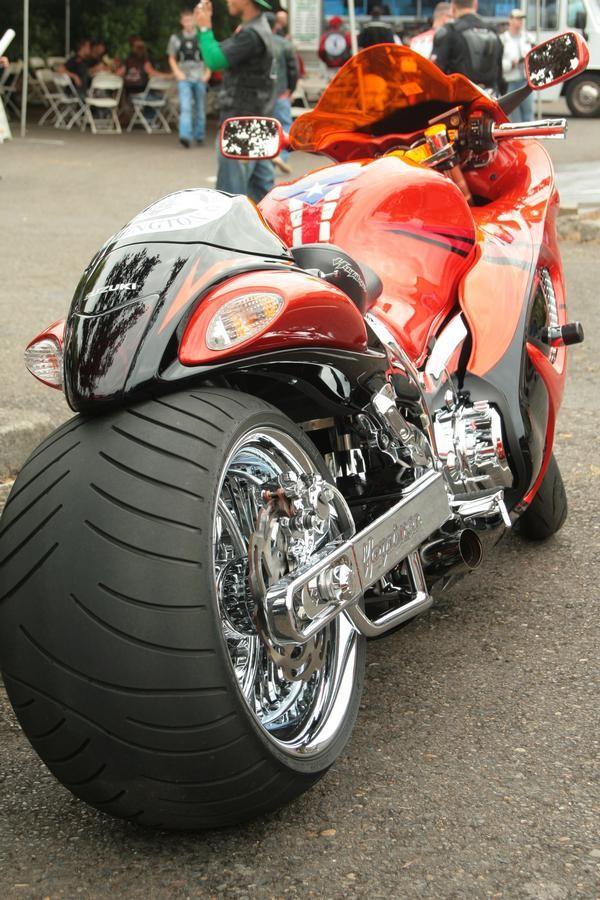 60 60 | 100/100 | 120/90 | 130/80 |
| 5.10 | 110/100 | 130/90 | 140/80 |
Explanation of rubber marking abbreviations:
120/70 Z 12 m/c (58W)
| Maximum speed | |||||||
| MPH | km/h | ||||||
| V | 149 | 240 | |||||
| (V) | over 149 | over 240 | |||||
| W | 168 | 270 | |||||
| (W) | over 168 | over 270 | |||||
| Z | over 149 | over 240 | |||||
| Y | 186 | 300 | |||||
| Tire load index | |||||||
| 40 | 140 | 53 | 206 | 66 | 300 | 79 | 437 |
| 41 | 145 | 54 | 212 | 67 | 307 | 80 | 450 |
| 42 | 150 | 55 | 218 | 68 | 315 | 81 | 462 |
| 43 | 155 | 56 | 224 | 69 | 325 | 82 | 475 |
| 44 | 160 | 57 | 230 | 70 | 335 | 83 | 487 |
| 45 | 165 | 58 | 236 | 71 | 345 | 84 | 500 |
| 46 | 170 | 59 | 243 | 72 | 355 | 85 | 515 |
| 47 | 175 | 60 | 250 | 73 | 365 | 86 | 530 |
| 48 | 180 | 61 | 257 | 74 | 375 | 87 | 545 |
| 49 | 185 | 62 | 265 | 75 | 387 | 88 | 560 |
| 50 | 190 | 63 | 272 | 76 | 400 | 89 | 580 |
| 51 | 195 | 64 | 280 | 77 | 412 | 90 | 600 |
| 52 | 200 | 65 | 290 | 78 | 425 | 91 | 615 |
| Dimension conversion | |||||
| Bar | psi | Bar | psi | Bar | psi |
1.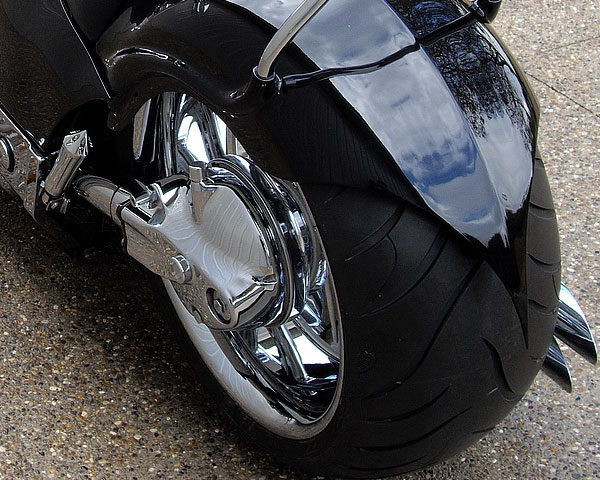 2 2 | 17 | 1.9 | 28 | 2.6 | 38 |
| 1.3 | 19 | 2.0 | 29 | 2.7 | 39 |
| 1.4 | 20 | 2.1 | 31 | 2.8 | 40 |
| 1.5 | 22 | 2.2 | 32 | 2.9 | 42 |
| 1.6 | 23 | 2.3 | 34 | 3.0 | 44 |
1.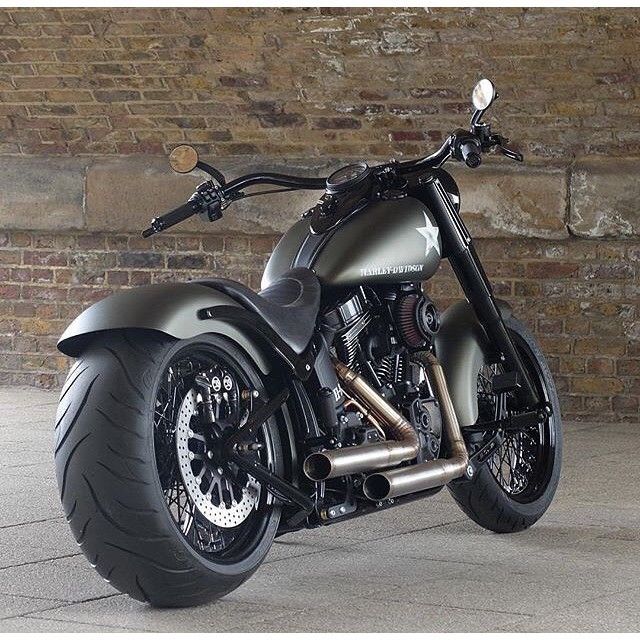 7 7 | 25 | 2.4 | 35 | 3.1 | 45 |
| 1.8 | 26 | 2.5 | 36 | 3.2 | 46 |
| Rim section height. Motorcycle tire width. Rim width. Disc width | |||
| Rim width, inches | Tire width, mm | ||
| 6.50 | 200 | ||
| 6.25 | 200 | ||
| 6.00 | 180 | 190 | 200 |
5.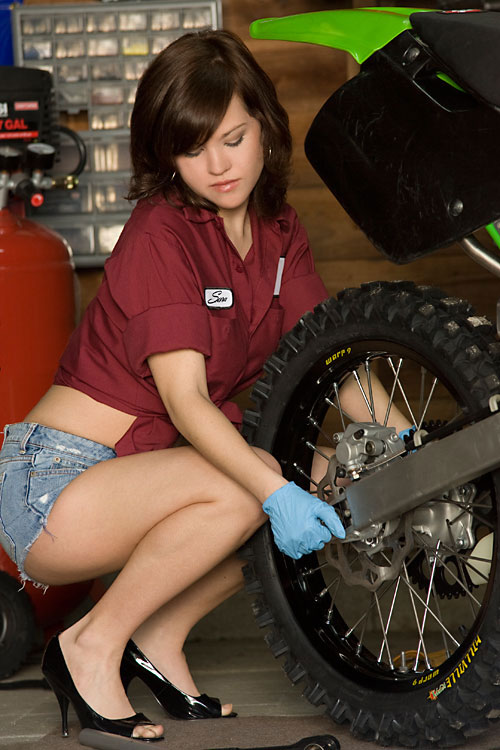 5 5 | 180 | 190 | |
| Tire profile height 60, 65 and 70% | ||||
| Rim width, inches | Bar width mm | |||
| 6.50 | 230 | |||
| 6.25 | 200 | 230 | ||
| 6.00 | 200 | 230 | ||
| 5.50 | 170 | 180 | 200 | |
| 5.00 | 160 | 170 | 180 | |
4.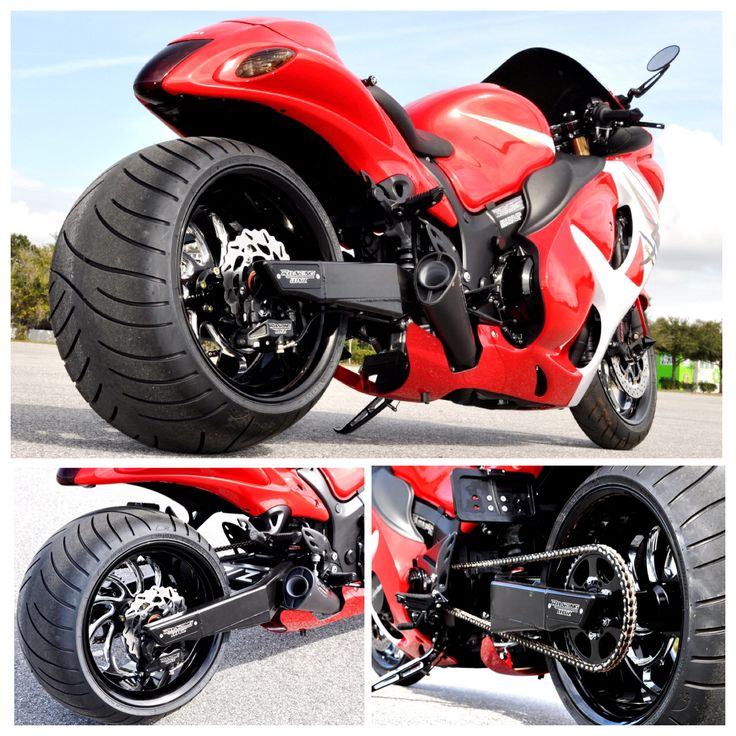 50 50 | 140 | 150 | 160 | 170 |
| 4.25 | 140 | 150 | 160 | 170 |
| 4.00 | 130 | 140 | 150 | |
| 3.75 | 120 | 130 | 140 | |
| 3.20 | 120 | 130 | ||
| 3.00 | 110 | |||